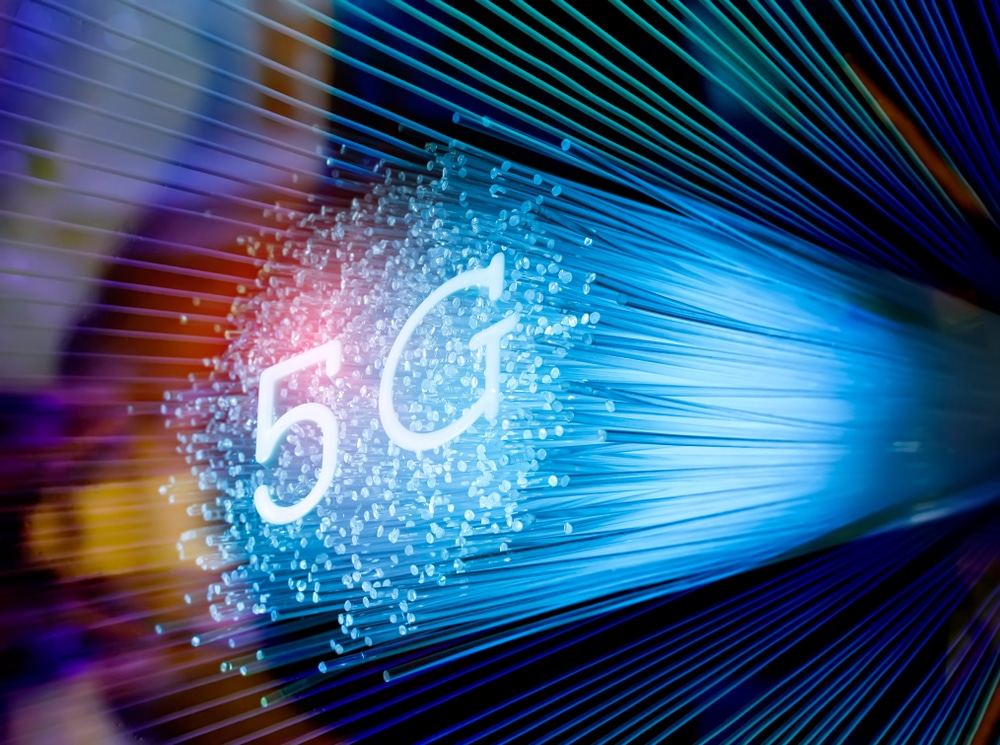
5G vs. Fiber Optics – Competitors or Collaborators?
If you use a smartphone for internet access, then you’ve probably heard of the terms 3G and 4G as they relate to the concept of data speed. You’ve probably also heard talk of the term “5G” without really understanding anything about it other than the fact that it’s supposed to be fast. At one point, having a mobile device that could harness the power of a 3G network was impressive. You might even be satisfied with the speed you get on your 4G network now, asking yourself, “What’s so great about 5G anyway?”
What is 5G?
5G refers to the fifth generation of wireless communications technology used for cellular data networks. It currently exists in three frequencies, low-band, mid-band, and millimeter wave. Low-band 5G has a similar frequency range as advanced 4G. Currently, mid-band 5G is the frequency range that is most widely available. In a controlled environment and occasionally in the field, 5G mid-band speeds can get up to 1 to 2 Gigabits per second. Mid-band 5G networks have better reach than that of 5G millimeter wave and are closer in cost to 4G networks. 5G millimeter wave is the fastest, but currently struggles with passing through many walls and windows, which limits indoor usage. Some cell phone service providers have begun to deploy 5G networks for customer use. 5G networks can support up to one million devices per square kilometer, while 4G networks can handle about one tenth of that for the same area.
Why Does 5G Matter?
5G technology holds great promise when it comes to network capacity, speed, and minimizing latency, which is the delay for information to travel across a network. With 5G home internet being rolled out, it stands to potentially offer some of the fastest internet speeds available to home and business customers. With the growing expansion of smart homes, more customers are looking for faster home networks that can support their smart devices. Companies that rely on high-speed internet to conduct business want faster networks that can keep up with their growth. 5G networks along with fiber optics offer some of the fastest broadband technology available.
Is 5G Superior to Fiber?
Fiber optic cables harness the speed of light to transmit data at ultra-fast speeds into your home or business. Fiber internet is not widely available and the cost to access it can be quite high. 5G internet depends on the availability of small cell towers to connect to existing fiber networks. Currently 5G has certain limitations that affect its overall speeds that fiber internet does not have. As an internet customer, it might seem as if 5G and fiber are competitors.
Currently, the reality is that 5G networks depend on fiber infrastructure to work. Wired cables are still the fastest and most reliable way to transmit data, so most wireless networks still need to tie-in to a wired system. Fiber optic cables have the capacity to make the most out of 5G, so 5G networks need more fiber optic infrastructure to expand their reach and coverage. Whether you experience 5G at home, work, or as a cell phone user, fiber optics and 5G towers are truly partners for a faster, more connected world.
Check out our last post: Explore the Possibilities with Fiber Optic Connections





No Comments
Sorry, the comment form is closed at this time.